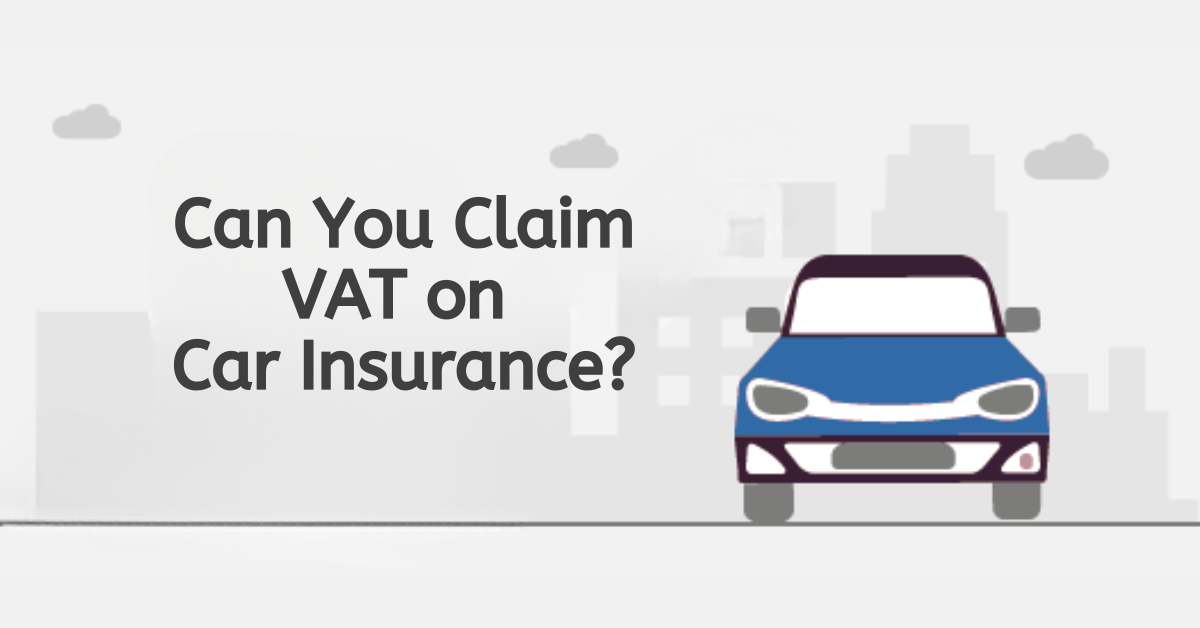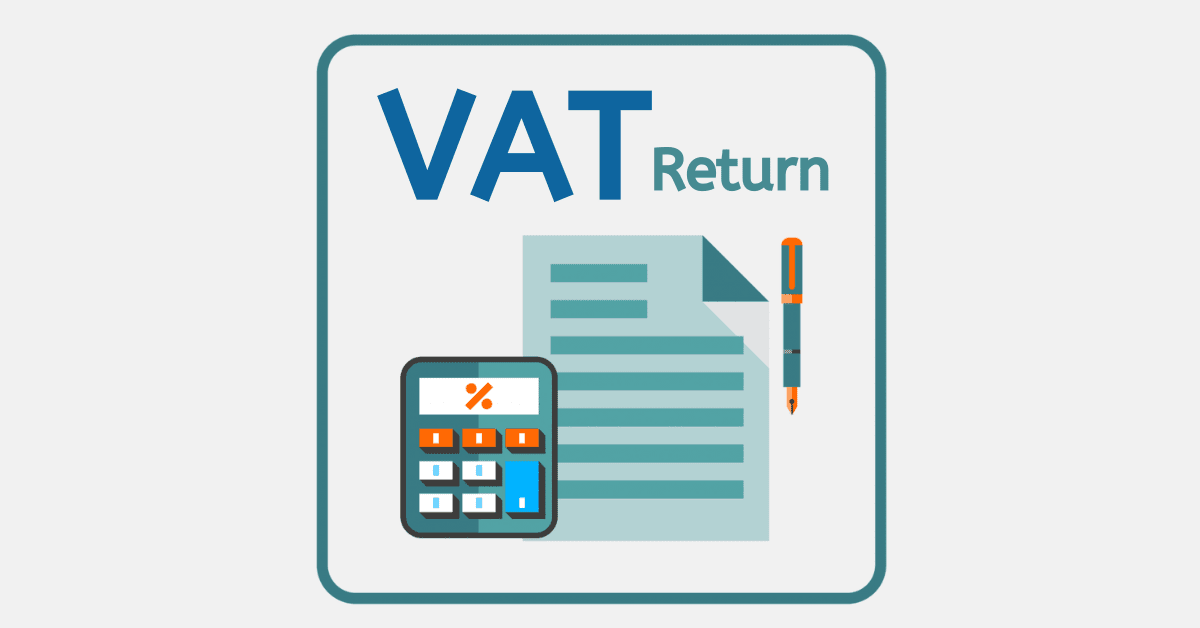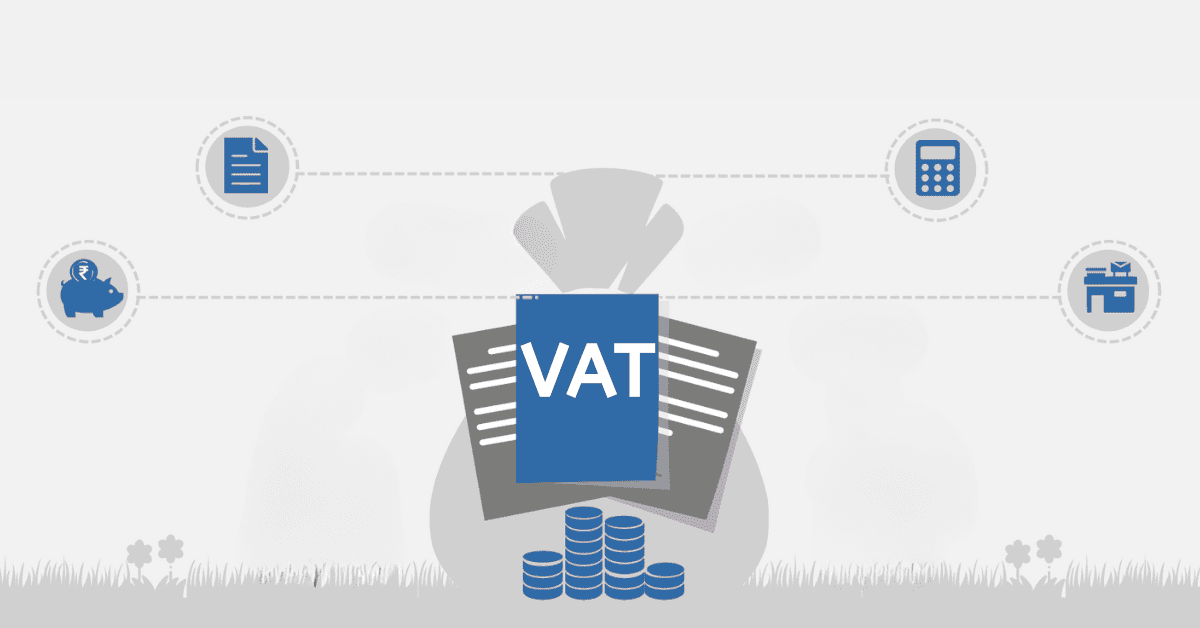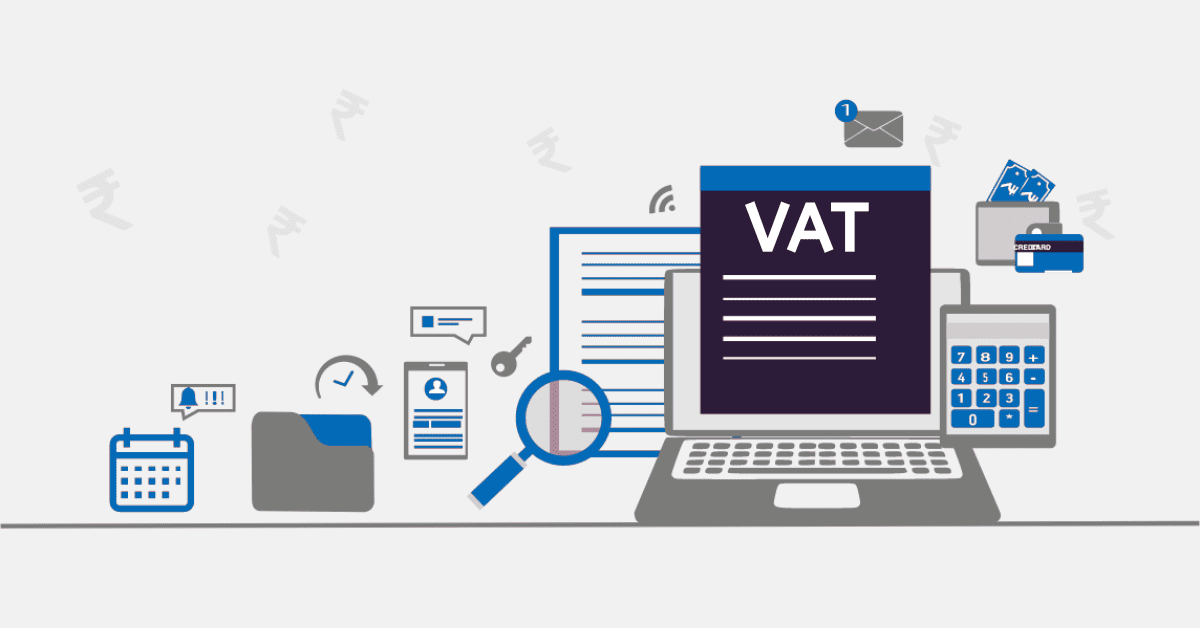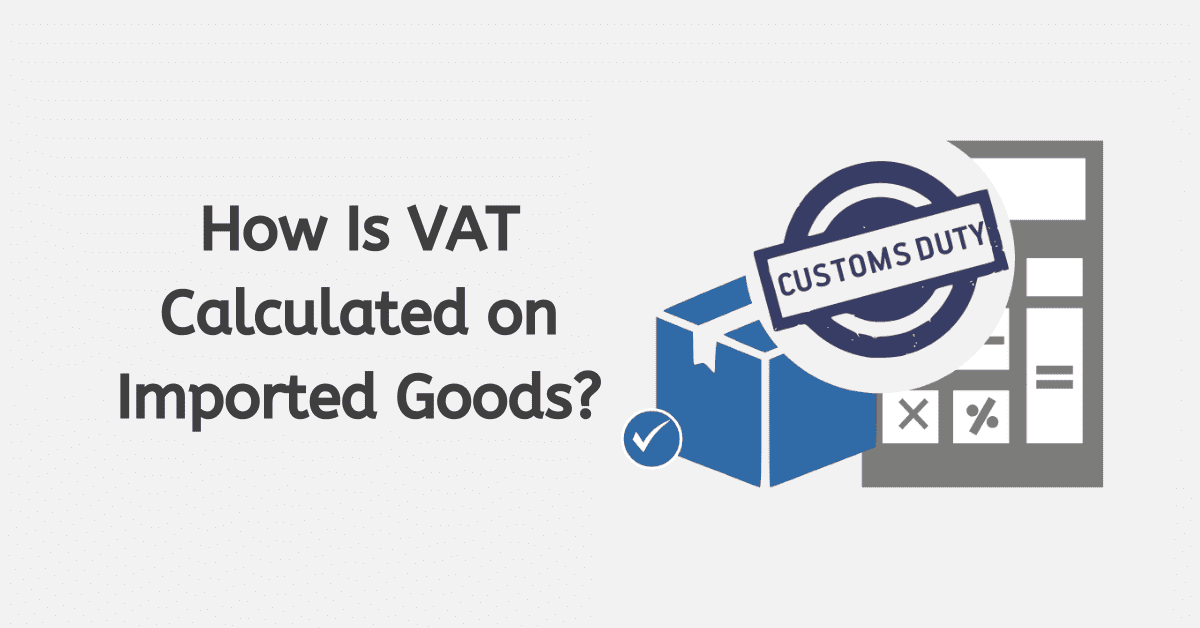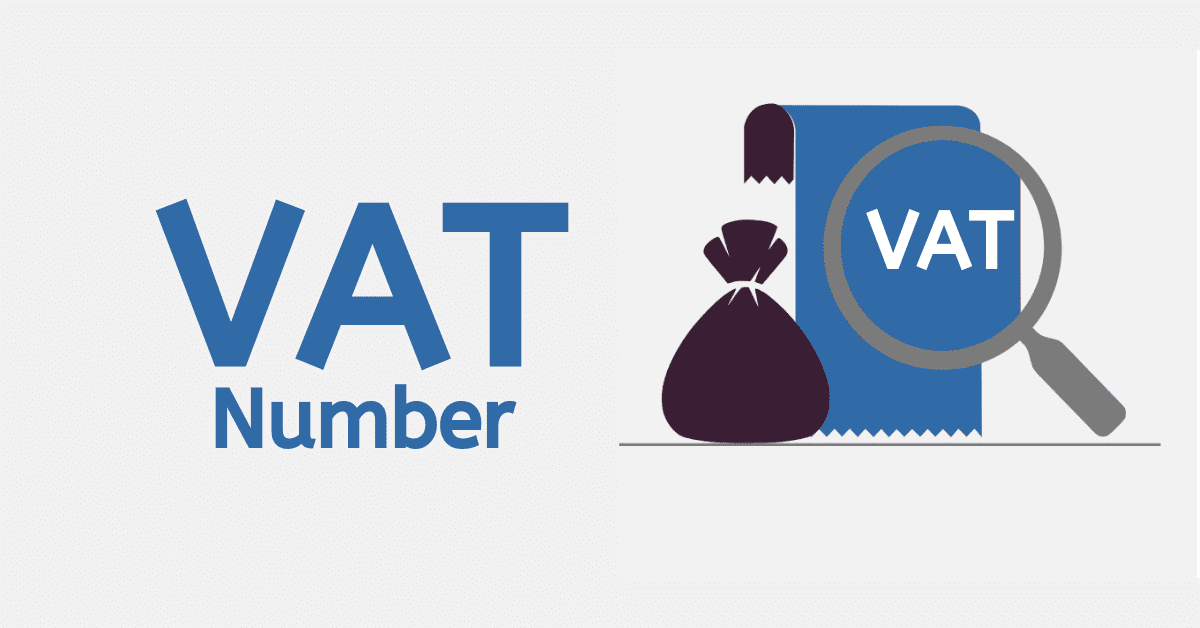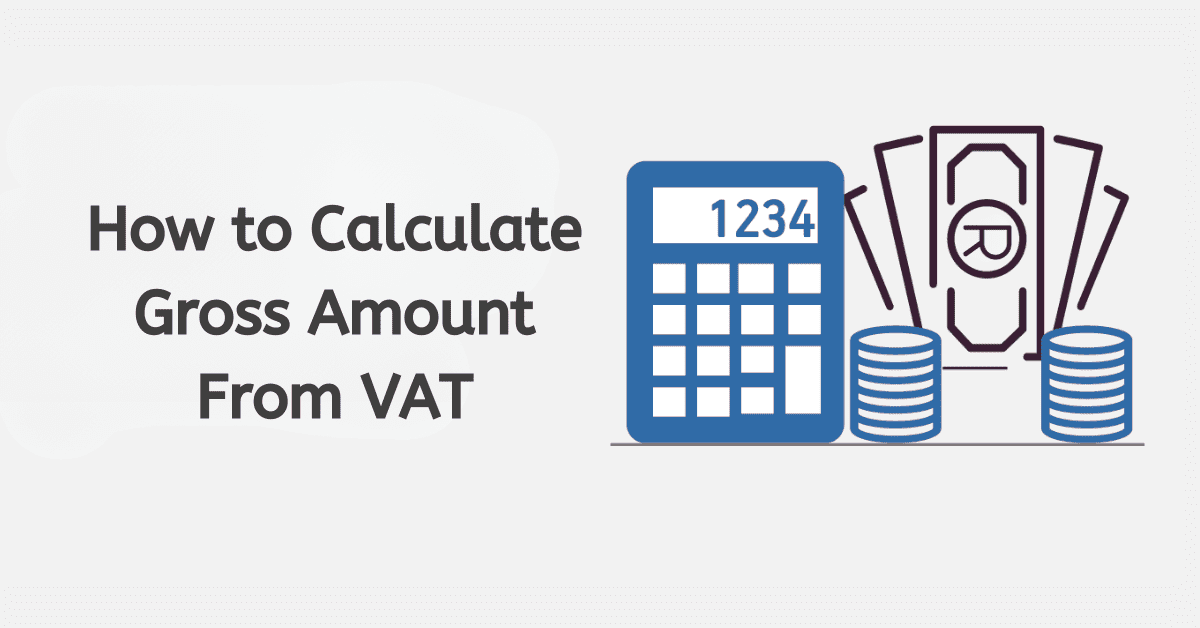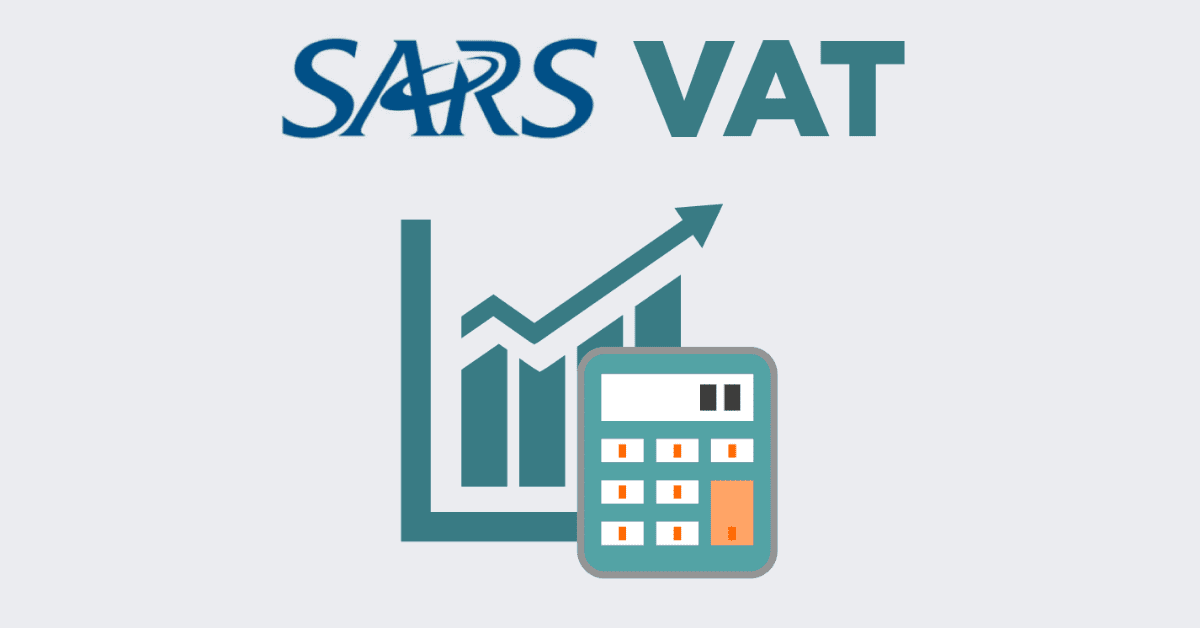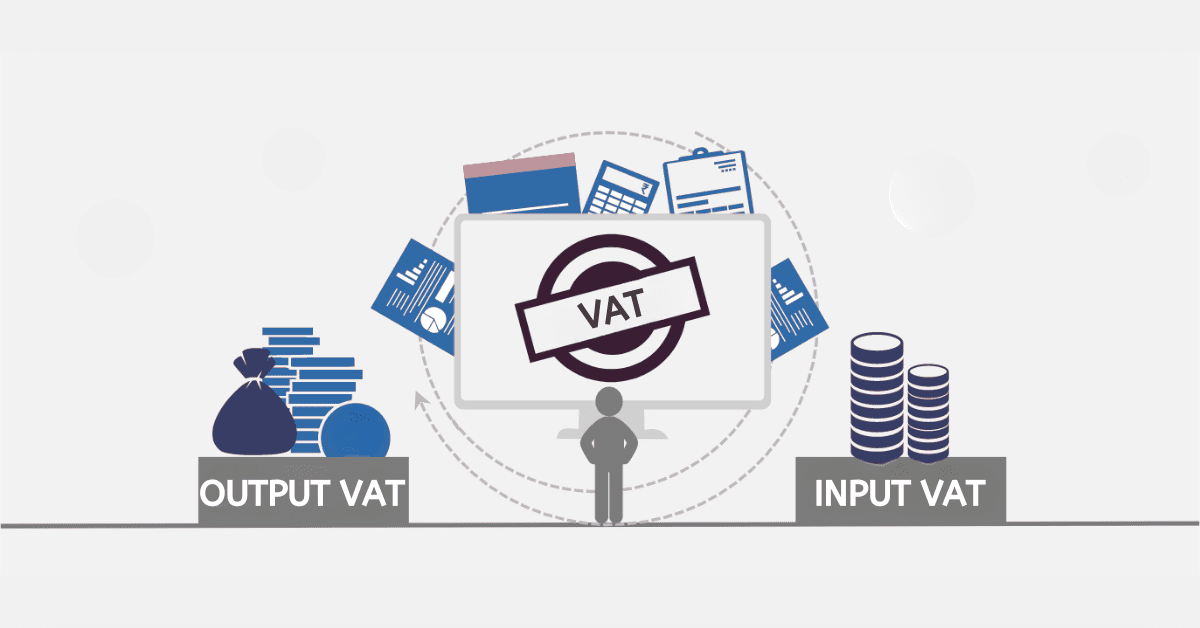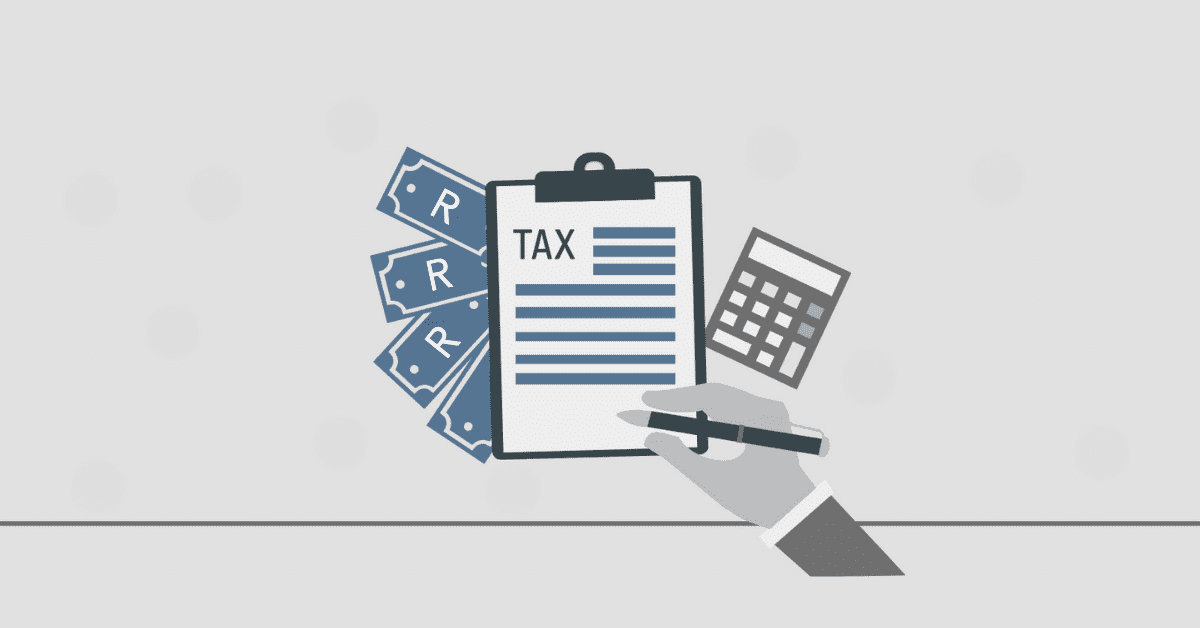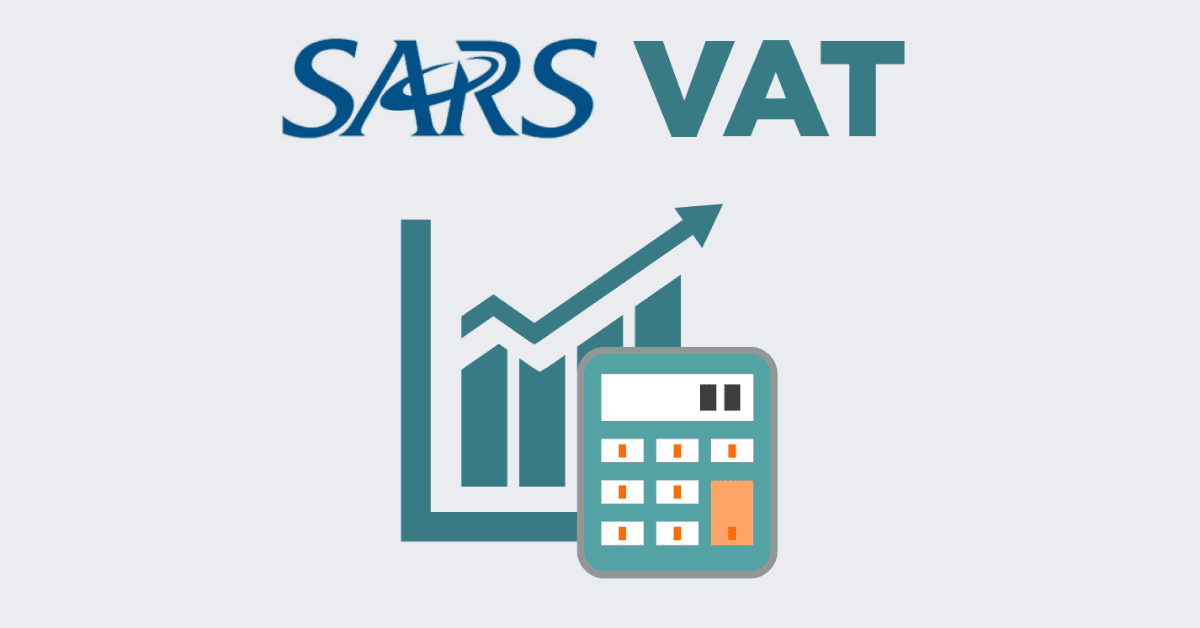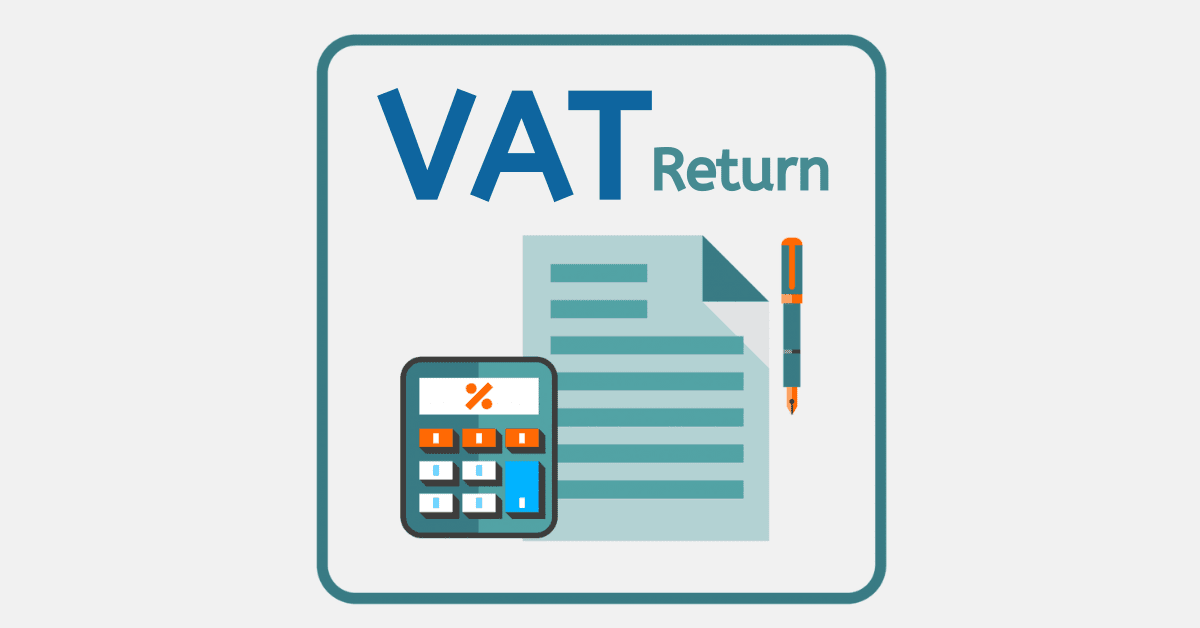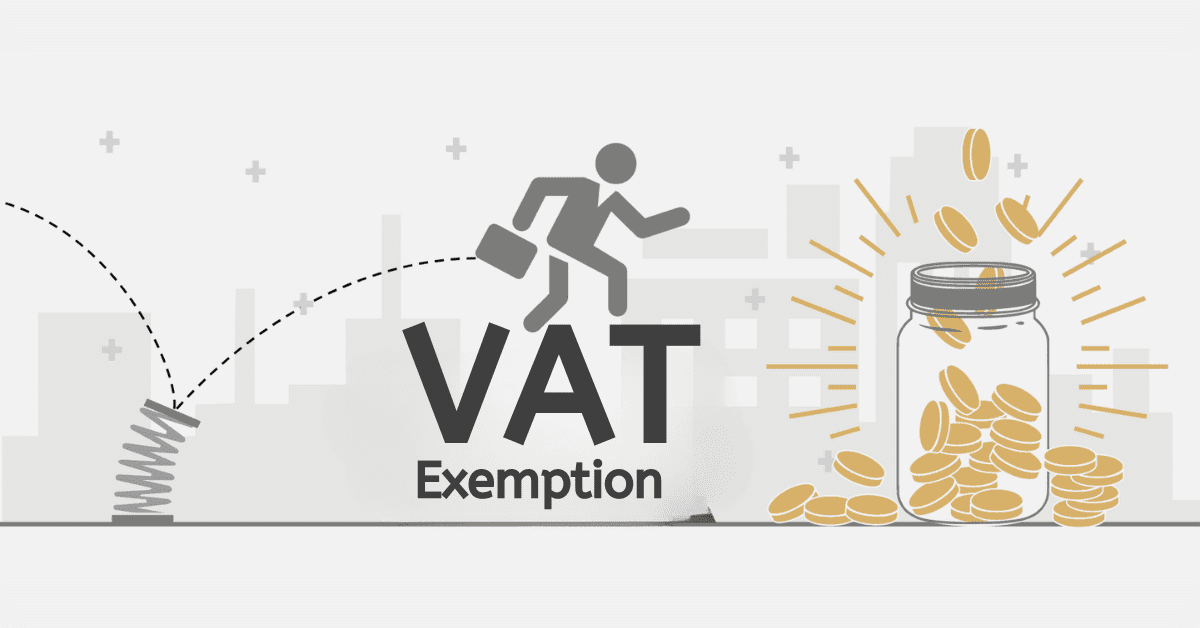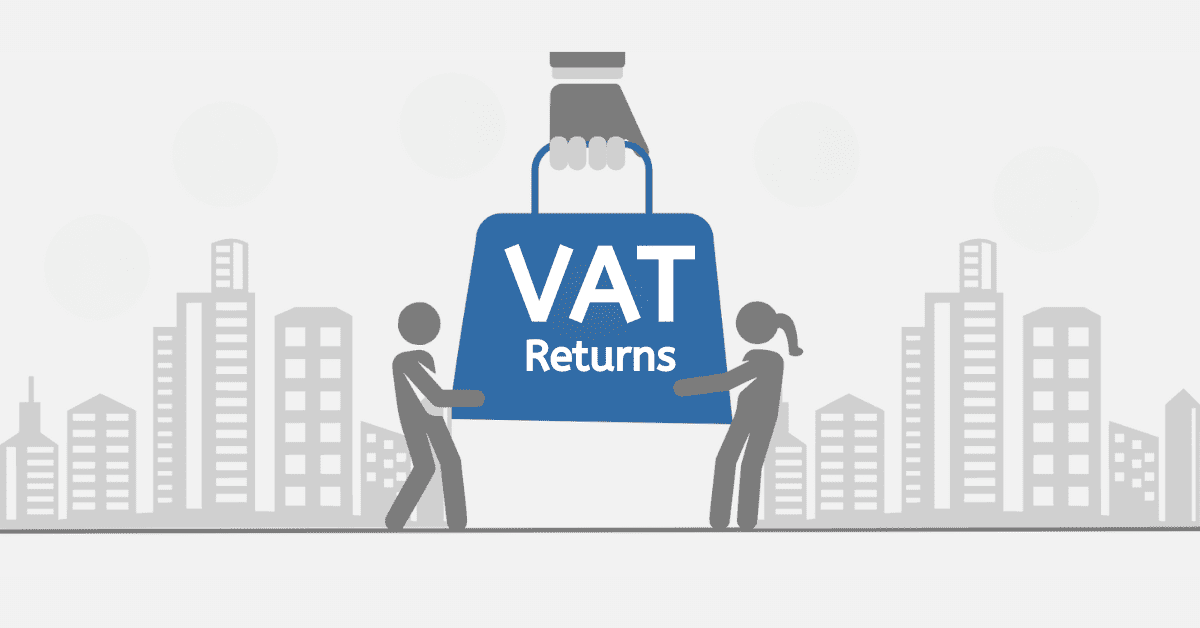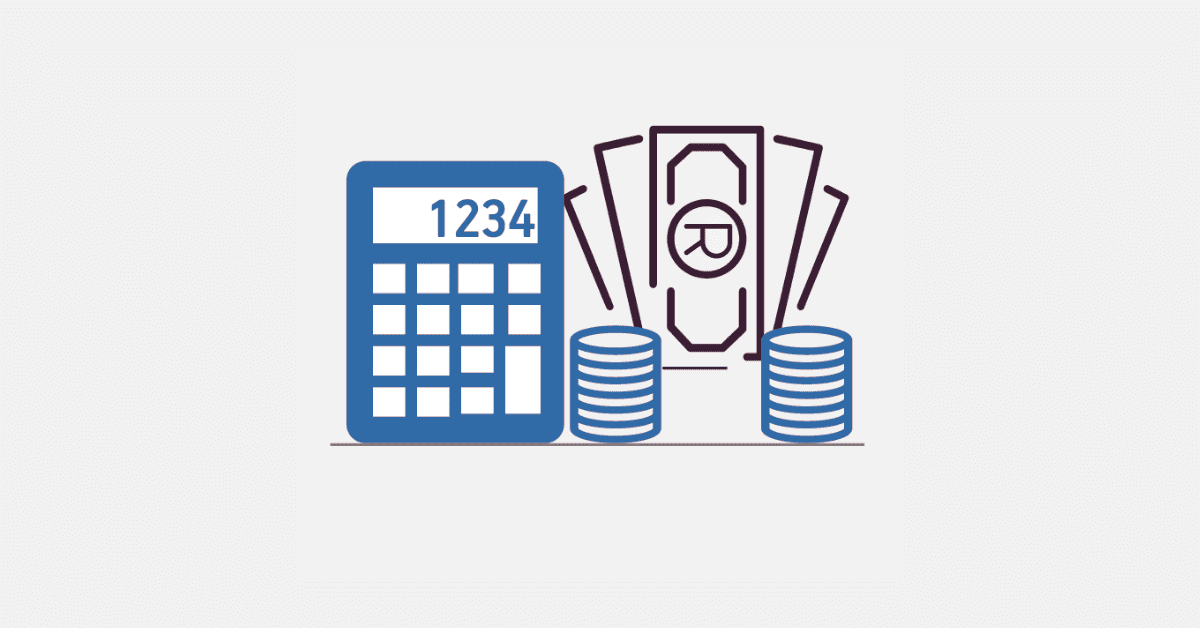VAT is a major tax type in South Africa and generates a significant amount of revenue for both SARS and the government. Most of us don’t even consider the VAT we pay on our daily transactions. This is because South Africa, unlike the United States, will always show the VAT-inclusive amount to the end customer, so we see everything we will pay before we take it to the till.
However, if you are a VAT-registered business, you will need to display both the VAT-exclusive and VAT-inclusive amounts on your invoice. Additionally, you may simply be curious about the impact our current VAT rate is having on your budget every month. Today, we are diving deeper into the mathematical side of VAT, including how to add and subtract VAT from amounts, when to add VAT to your pricing, and much more.
How Do You Add VAT To A Price?
The VAT rate in South Africa is currently set at 15%. However, this amount may change very shortly, as the government is currently discussing raising the VAT rate yet again. This is after we had a base rate of 14% for many decades, so the shifting climate around VAT can leave a lot of people feeling very uncertain.
However, calculating VAT is simply a mathematical equation based on percentages or 100th fractions. As the rand is also broken into 100ths (100 cents to a rand), it is a lot easier than you may think.
At its most basic, once you have established the total price for the product you need to make a profit, recoup costs, and so on, you will add 15% to this figure to arrive at the VAT-inclusive amount you need to charge. We break this down further below.
How Do You Calculate VAT Payable?
The VAT component of any transaction will be governed by the VAT rate set by SARS and the government. This is currently 15%, although it may go higher in future years. Here are the three key formulas you need, depending on whether you need to add or subtract the VAT from an amount:
- To add VAT: (VAT-exclusive amount) x 1.15
- To remove VAT: (VAT-inclusive amount) / 1.15
- To determine just VAT on a VAT-inclusive amount: (VAT-inclusive amount)/ 115 x 15
If the rate changes from 15%, you will simply replace the ‘15’ in these formulas with the new amount. For example, if it was a VAT rate of 18%, you would use 1.18 instead of 1.15.
Do You Add VAT Before Or After Markup?
You will add VAT after all other changes to the VAT-exclusive price. This means you add VAT after the markup.
To determine a fair VAT-inclusive price for your product, you will start by working out the net product cost you need to recoup (i.e., what it costs you to make). You will then add your markup percentage. This should cover both your indirect costs, like a percentage of the electricity, water, and staff costs, plus some built-in profit. This will give you a fair VAT-exclusive price. You then add the 15% VAT to that price to arrive at the final VAT-inclusive price you will charge the end customer.
How Do You Separate VAT From Total Amount?
While adding and subtracting VAT is relatively simple, many people struggle to separate the VAT from the total amount. Let’s take a closer look at the math for this case:
To arrive at only the VAT from a VAT-inclusive amount, do the following
(VAT-inclusive amount)/ 115 x 15
Why is this the case? The VAT-inclusive amount can be considered as ‘100%’ of what the vendor needs to receive, with an additional ‘15%’ for SARS. So, we need to divide the amount by 115 to account for both factors. We then multiply by just the VAT component (15) to see what the VAT alone was on the amount. See it in action here for a purchase of R2,000:
R2,000/ 115 x 15 =R260.86
So, the VAT-exclusive price of this transaction was R1,739.14, and R260.86 was VAT. Remember, if you wanted to investigate other aspects of this transaction, you could do so with the following formulas:
- To add VAT: (VAT-exclusive amount) x 1.15
- To remove VAT: (VAT-inclusive amount) / 1.15
Using the same amounts, this works as follows:
To add VAT: (VAT-exclusive amount) x 1.15, or R1,739.14 x 1.15 = R2000
To remove VAT: (VAT-inclusive amount)/1.15, or R2000= R1,739.14 (with some rounding on the cents).
As you can see from our above example, calculating VAT-inclusive and VAT-exclusive amounts does not have to be hard. It is simply a case of understanding what the VAT percentage is and applying mathematical formulas to add or remove that portion of the total amount from the other components of the price.
